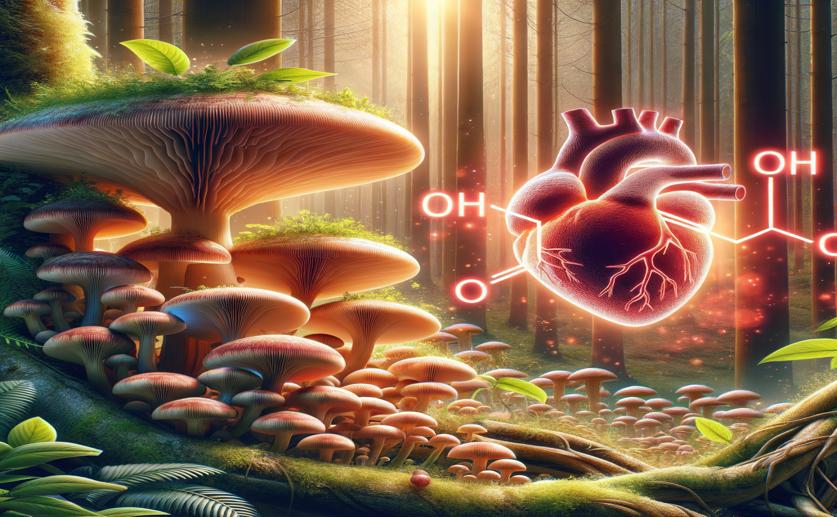
Creating Heart-Protective Selenium Supplements from Fungus
Jim Crocker
2nd May, 2024

Image Source: Natural Science News, 2024
Key Findings
- Researchers at Jinan University developed Se@CM, a heart-protective compound from a fungus and selenium
- Se@CM outperformed a known radioprotectant, reducing heart cell damage from radiation
- In animal tests, Se@CM lessened heart dysfunction and supported immune health after radiation
References
Main Study
1) Biosynthesis of fungus-based oral selenium microcarriers for radioprotection and immuno-homeostasis shaping against radiation-induced heart disease.
Published 1st May, 2024
https://doi.org/10.1016/j.bioactmat.2024.03.034
Related Studies
2) Cardiovascular complications of radiation therapy for thoracic malignancies: the role for non-invasive imaging for detection of cardiovascular disease.
3) Radiation-induced heart disease: a review of classification, mechanism and prevention.
4) Engineered nanoceria cytoprotection in vivo: mitigation of reactive oxygen species and double-stranded DNA breakage due to radiation exposure.



 15th March, 2024 | Greg Howard
15th March, 2024 | Greg Howard